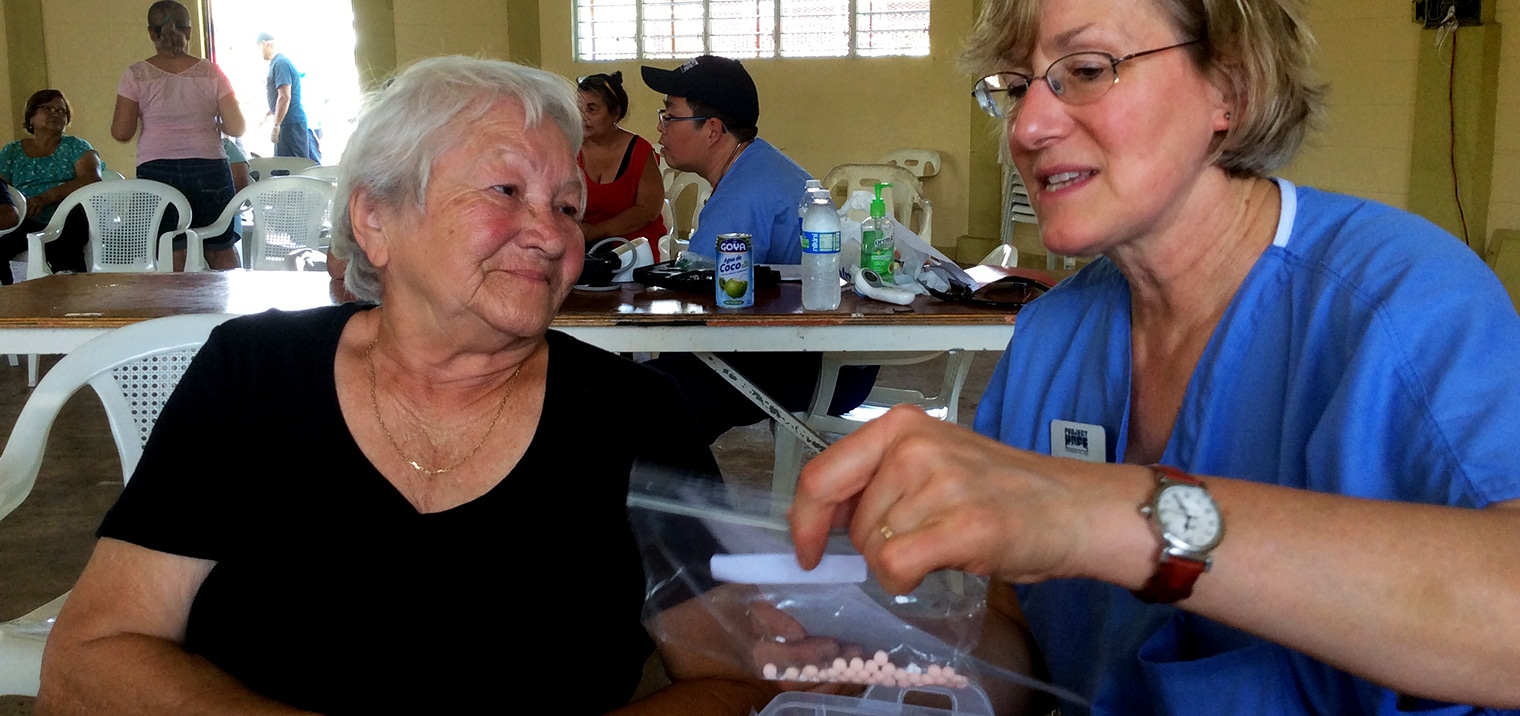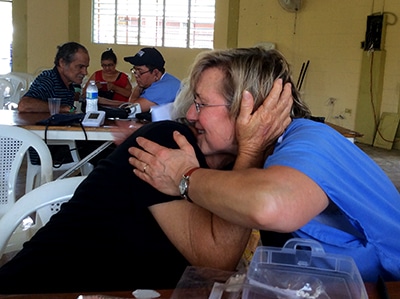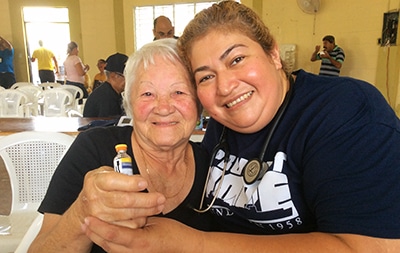
Diabetes in Puerto Rico: An Update on a Public Health Crisis, One Year After Hurricane Maria
Even before Hurricane Maria brought widespread devastation to the island, Puerto Rico had a diabetes prevalence rate about 50% higher than the general U.S. population. A year after the storm, which caused over $90 billion in damage, locals are still working with charitable NGOs like Project HOPE to restore the territory’s disrupted healthcare system.
“All the water was inside. It was really scary.”
That was how Argelia Marvez described the scene when Hurricane Maria hit her home in Marueno, a rural, mountainous village north of the major city of Ponce. When the storm hit last September, Argelia’s was one of a quarter million homes in Puerto Rico that sustained major damage. 70,000 of them were destroyed. More than a year has passed, but for many locals, the emotional toll of the storm still lingers.
“I have trouble getting back to normal. I have trouble sleeping and have a lot of stress,” said Argelia.
While recovery in big cities like San Juan and Ponce was accelerated by federal funds, many rural areas like Marueno are still in tatters. Hundreds of thousands have left the island since last year, with many traveling to Florida, New York, or other areas of the mainland. Those who have stayed are dealing with a struggling economy, a shortage of skilled health workers, and an unreliable power grid where outages are still common.
But for those with diabetes and other serious medical conditions, like Argelia, the hurricane’s impact has posed even more challenges.
Managing Diabetes in Post-Maria Puerto Rico

Diabetes and related conditions have been problem in Puerto Rico for decades. Approximately 16 percent of the adult population has diabetes, compared to 9.4 percent in the general U.S. population. In the last ten years, deaths from diabetes increased on the island by nearly a quarter.
The destruction wrought by the deadliest hurricane to hit the U.S. in over a century significantly compounded the problem.
“Every day I’ve been depressed thinking how I’m going to get insulin and food,” said Argelia.
Insulin must be stored at a temperature below 46 degrees Fahrenheit. Even when there is a sufficient supply, the lack of consistent electricity on the island makes storage and transport difficult. To make things even more challenging, thousands of doctors have left Puerto Rico since the storm: 60% of all general practitioners and over 8,000 specialist doctors have emigrated from the country.
How Project HOPE is Helping

Project HOPE’s emergency response team was one of the first on the ground in Puerto Rico, arriving less than a week after the storm’s initial impact. Our team was there not only to provide emergency supplies and services, but to work on improving the island’s infrastructure for future disasters.
We’ve helped train clinical health workers on diabetes self-management, allowing them to educate diabetes patients across the country on how to take care of their conditions. Our team is also conducting community screenings to help detect, treat, and refer patients with prediabetes and diabetes.
Since September 2017, we have provided mobile medical services to over 4,100 patients, educated over 1,600 people on health and hygiene, and procured and distributed almost $2.6 million in medical supplies, including 1,500 vials of insulin for those who had no other way to access their diabetes medicine.
Argelia was one of those patients whose insulin supply was disrupted by the storm. She hadn’t been able to access medical care for a week after the hurricane, but Project HOPE’s mobile medical team was able to bring her a month’s supply of insulin. Through support from organizations like Project HOPE and a sense of pride, resilience, and community, patients like Argelia aren’t letting Hurricane Maria’s devastation stop them from living normal lives.
“I hope to recover everything that I have, the house, family…When you are down, you fight for life.”